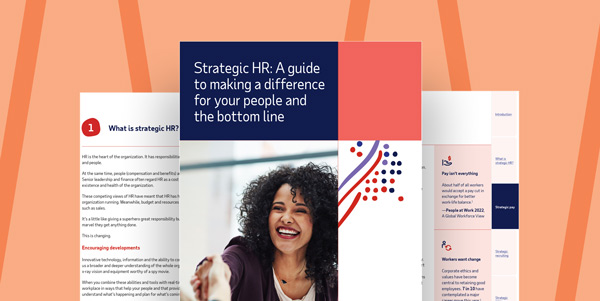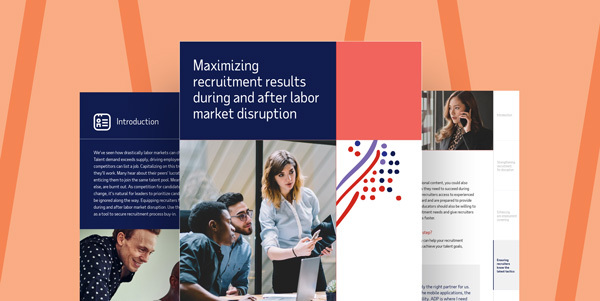To achieve business objectives, employers will often chart a course for getting from point A to point B. They may assess their pain points and identify the resources necessary to obtain the desired result. This same process may also be applied to recruitment and development. It’s known as talent mapping.
Table of Contents
What is talent mapping?
Talent mapping is a way for employers to identify workforce skill gaps that can be addressed via recruitment and development. With this approach, employers strive to employ people who are likely to grow with the organization and place them in the roles for which they are best suited based on their experiences and abilities. Ultimately, talent mapping helps employers make the most of their workforce to achieve company goals.
Benefits of talent mapping
Employers who are growing substantially, struggling to keep pace with the competition or trying to expand their pool of potential job candidates may find talent mapping advantageous. It can help them:
- Retain valued employees
- Improve talent acquisition effectiveness
- Optimize succession planning
- Maximize employee and team performance
- Mitigate talent shortages
- Address development gaps through intentional upskilling or reskilling
- Allocate resources more effectively
What are the challenges of talent mapping?
There’s no way around it – talent mapping requires lots of data. Without a means of cataloging and analyzing employee skills, organizational objectives and trends in the talent market, employers may experience the following challenges:
- Skillsets may be difficult to evaluate objectively, even with tests and self-assessments.
- Labor forecasts are not always reliable when job markets are constantly in flux.
- An extensive amount of time and resources are often necessary to map talent.
How to map talent
- Locate where there may be skill gaps within the organization and create clear talent mapping objectives.
- Decide if needs can be met from within by training the existing workforce or if it may be necessary to hire additional employees.
- Gauge employee abilities as accurately as possible using skill tests, self-assessments or 360-degree feedback.
- Establish benchmarks to evaluate whether employees are meeting the expectations of their roles.
- Include career growth opportunities in workforce planning methodologies to keep workers engaged.
- Identify any external forces, such as economic changes, that may dictate the need for new roles in the future.
- Research how industry competitors approach talent sourcing and development to learn insights that may benefit the organization.
- Re-evaluate the process regularly to incorporate evolving business goals.
Frequently asked questions about talent mapping
Why do you need talent mapping?
Talent mapping tools may help ensure that employees are in the roles best suited to their abilities, knowledge and experience. Without a talent mapping service, employers may struggle to overcome skills gaps, retain talent, meet business objectives and scale the organization.
Where should you start talent mapping?
The talent mapping process starts with assessing the workforce to identify where any skills gaps may exist. Employers may then address the gaps by upskilling employees or recruiting new hires.
What tools do you need for talent mapping?
To map talent efficiently, organizations need talent management and analytics solutions capable of:
- Assessing employee strengths
- Empowering employee development
- Monitoring employee performance
- Managing succession planning
- Leveraging benchmark data
How do you use a talent map?
Employers can use talent mapping during workforce planning to identify skill gaps and better understand where employee support may be needed and where organization resources may be best utilized.
This article is intended to be used as a starting point in analyzing talent mapping and is not a comprehensive resource of requirements. It shares practical information concerning the subject matter and is provided with the understanding that ADP is not rendering legal or tax advice or other professional services.





